Lean trash management
This page shows how implementing Lean principles to trash managing can cut unnecessary steps, create a smarter workflows that save time, free up space, and reduce costs through greater efficiency.
What is Lean?
Lean is an approach to running a business that focuses on giving customers maximum value while cutting out unnecessary trash and inefficiencies. Though it began in manufacturing, today it’s used in nearly every industry to streamline workflows, increase efficiency, and improve performance generally. Lean isn’t about working longer or faster – it’s about being smarter by removing what doesn’t create value.
Below you’ll find the key principles of Lean explained:
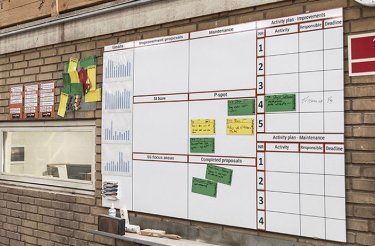
1. Continuous improvement (Kaizen)
Lean fosters a workplace culture where every employee plays a role in driving ongoing progress. The principle of Kaizen emphasizes making small, steady improvements that, together, generates major gains in efficiency, quality, and productivity. It encourages teams to spot problems early and put forward simple, practical solutions that create lasting impact.
2. Eliminating trash
One of the core ideas in Lean is to recognize and eliminate wasted time in every workflow. The eight categories of unnecessary work are often summarized with the acronym TIMWOODS:
Transport – Inventory – Motion – Waiting – Overproduction – Over-processing – Defects – Skills (underused talent)
Cutting down on waste of time improves workflow efficiency and ensures smarter use of both time and resources.
3. Value stream mapping
Designed to visualize process flow, this tool helps organizations track materials and information at every stage. The map highlights value-adding steps and uncovers waste, making it easier to focus improvement efforts where they matter most.
4. 5S workplace organization
5S is a structured approach for improving order and efficiency in your company.
- Sort – Remove all unnecessary objects
- Set in order – Arrange tools so they are easy to find and use
- Shine – Keep the workplace clean on a regular basis
- Standardize – Develop consistent flows
- Sustain – Stick with it and keep improving.
Often, a sixth “S” is introduced: Safety. This emphasizes that beyond being clean and efficient, the workplace must also be safe.
When trash handling fails to be Lean
In many workplaces, cardboard, plastic, and other trash is gathered in small collection bins positioned throughout the building. These bins require frequent emptying and must be hauled, typically by forklift, to outdoor dumpsters. At that point, the material still needs to be broken down, sorted, and loaded again.
The result? Extra motion, time of waiting and transport – the exact problems Lean is meant to eliminate. It disturbs processes, increases the likelihood of sorting mistakes, and raises safety risks.
These inefficiencies don’t end inhouse. They continue once the trash reaches the external containers.
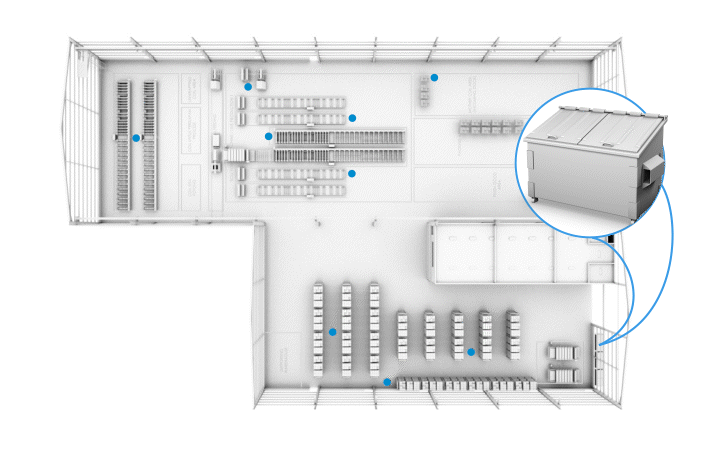
The inefficiencies of conventional external trash containers
Traditional external containers often cause various disadvantages:
-
Wasted time transporting trash and transferring it into containers.
-
Space lost, particularly with loose cardboard, plastic, and EPS
-
High collection expenses, due to a higher frequency of emptying containers that might not even be full.
-
Sorting mistakes, resulting in contamination and additional disposal fees.
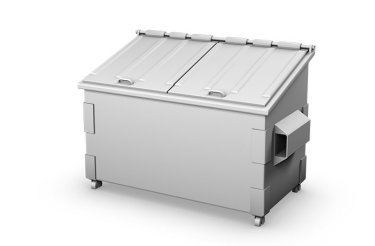
Whenever trash handling relies on endless transport, wasted space, and repetitive manual work, Lean principles are lost – along with time, money, and effort. Bringing Lean into trash management transforms it into a driver of efficiency, safety, and cost savings, in manufacturing and beyond.
Advantages of Lean Trash Management
At Mil-tek, we design trash solutions based on Lean principles and tailored to fit your workflow. Our balers and compactors are positioned as close as possible to the point of trash creation – often right at the unpacking area, as you can see in the image on the right.
This eliminates the need for folding, sorting, or transport trash across the workplace. Instead, cardboard and plastic can be placed directly into cardboard balers or plastic balers, compacting them by up to 90%. Once the baler is full, it shows, ensuring the process remains both easy and safe. The compact bales are easy to store and perfectly sized for recycling collection.
The outcome: a smoother workflow that saves time, frees up valuable space, and cuts down on container and collection costs – all by aligning trash management with Lean principles.
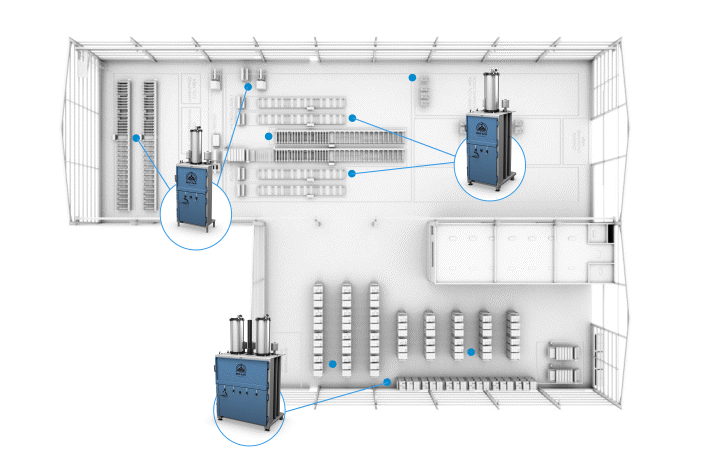
Lean trash management reduces the use of forklifts
Beyond saving time, space, and money, Lean trash management significantly improves workplace safety, particularly by limiting forklift operations.
Forklift-related incidents rank among the most frequent and serious accidents, especially when trucks operate near pedestrian walkways or messy areas. By compacting trash where it’s generated, Lean systems reduce the need for frequent forklift trips. The outcome: fewer accidents, smoother workflows, and a cleaner, safer facility.
Up to 10x Fewer Forklift Trips
Compact trash bales mean each trip carries up to 10 times as much. In addition to minimizes traffic, it also boosts productivity, and saves on operating costs.
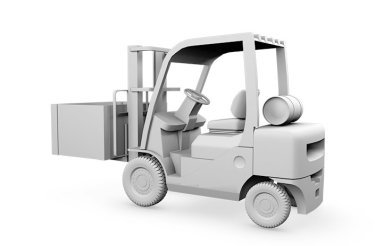
Wondering how Lean principles can improve your trash management?
Mil-tek helps you put Lean into practice with solutions that cut transport, free up space, and boost efficiency, right at the point where trash is created.
With systems designed to support Lean processes, trash handling becomes a streamlined, value-driving part of your workplace.
Schedule a complimentary site survey or reach out to learn more.
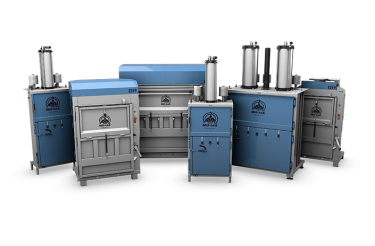
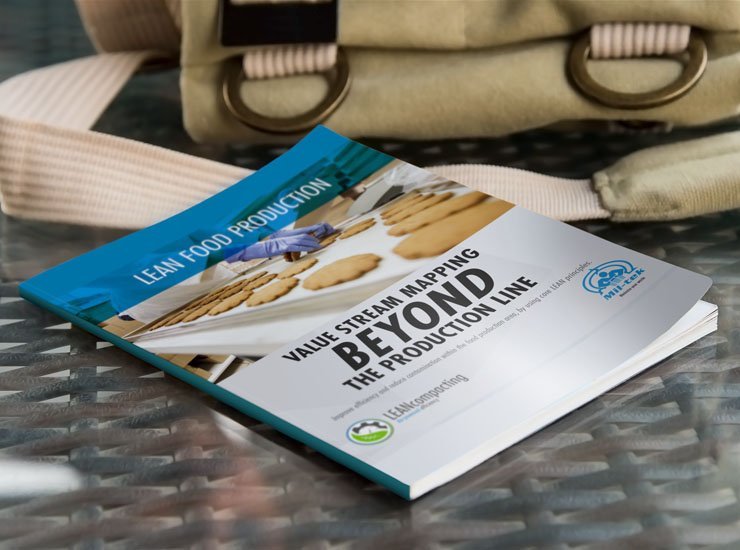
Get in Touch
Complete the form below, and one of our specialists will reach out shortly with solutions tailored to your requirements.